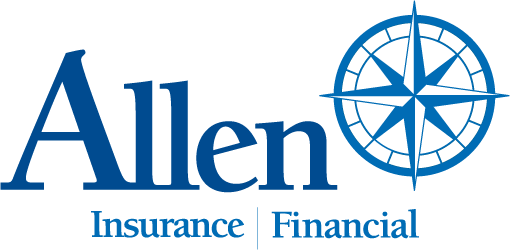
Amy Bowen
Amy Bowen, a business insurance account manager at Allen Insurance and Financial recently achieved the designation of Accredited Customer Service Representative in Commercial Lines from the Independent Insurance Agents & Brokers of America.
Based in the company’s office at 94 High St. in Belfast, Bowen has been with Allen Insurance and Financial since 2013.
The ACSR designation program was developed to recognize the contribution made to each customer by the service they are provided through independent insurance agencies such as Allen Insurance and Financial.
Independent Insurance Agents & Brokers of America is the nation’s oldest and largest national association of independent insurance agents & brokers with more than 300,000 members. Find them online at independentagent.com.








